

Within 3 years we managed to increase the conversion to 90%
I think there is no need to explain in detail what call center workers do. In general terms, their task is to take the call and try to retain the client: give the necessary explanations, answer questions, offer conditions that will interest him. Usually about a third of conversations are successful, so the lion’s share of callers disappears over the horizon, but within 3 years we managed to increase the conversion to 90%. I'll tell you how.
I'm Alex Trotsenko, owner of Againagain.agency, a company that provides bpo services. If anyone doesn’t know what bpo is, I’ll briefly explain: this is the process of a company transferring part of its functions to an invited specialist, which allows you to solve the problem competently without hiring a professional on a permanent basis, and also saves resources significantly when scaling the company. Three and a half years ago, we were contacted by the owner of Day Trucking, a Kentucky-based transport company engaged in the transportation of goods throughout the country. The owner of the company wanted to improve the efficiency of his call center, in which at that time there were 7 people who either answered calls or accepted an application on the website and called the client back. Everything is standard, so it is not surprising that the conversion rate was about 30%.
We were asked to evaluate negotiations to establish the level of their quality and the degree of professionalism of operators, and then give recommendations for their improvement. Here we need an outside performer who will not be influenced by likes, dislikes, friendships, etc.! After our analysis, a number of errors were revealed in the communication of operators with clients, in particular, they were often limited to dry answers to questions, without entering into a real dialogue, used colloquial and even rude expressions and, in general, were poorly motivated to achieve results.

According to our recommendations, the client:
- Introduced scripts for operators;
- Introduced a reward system to encourage the use of these scripts;
- Trained operators to conduct a live dialogue with the client at a good professional level.
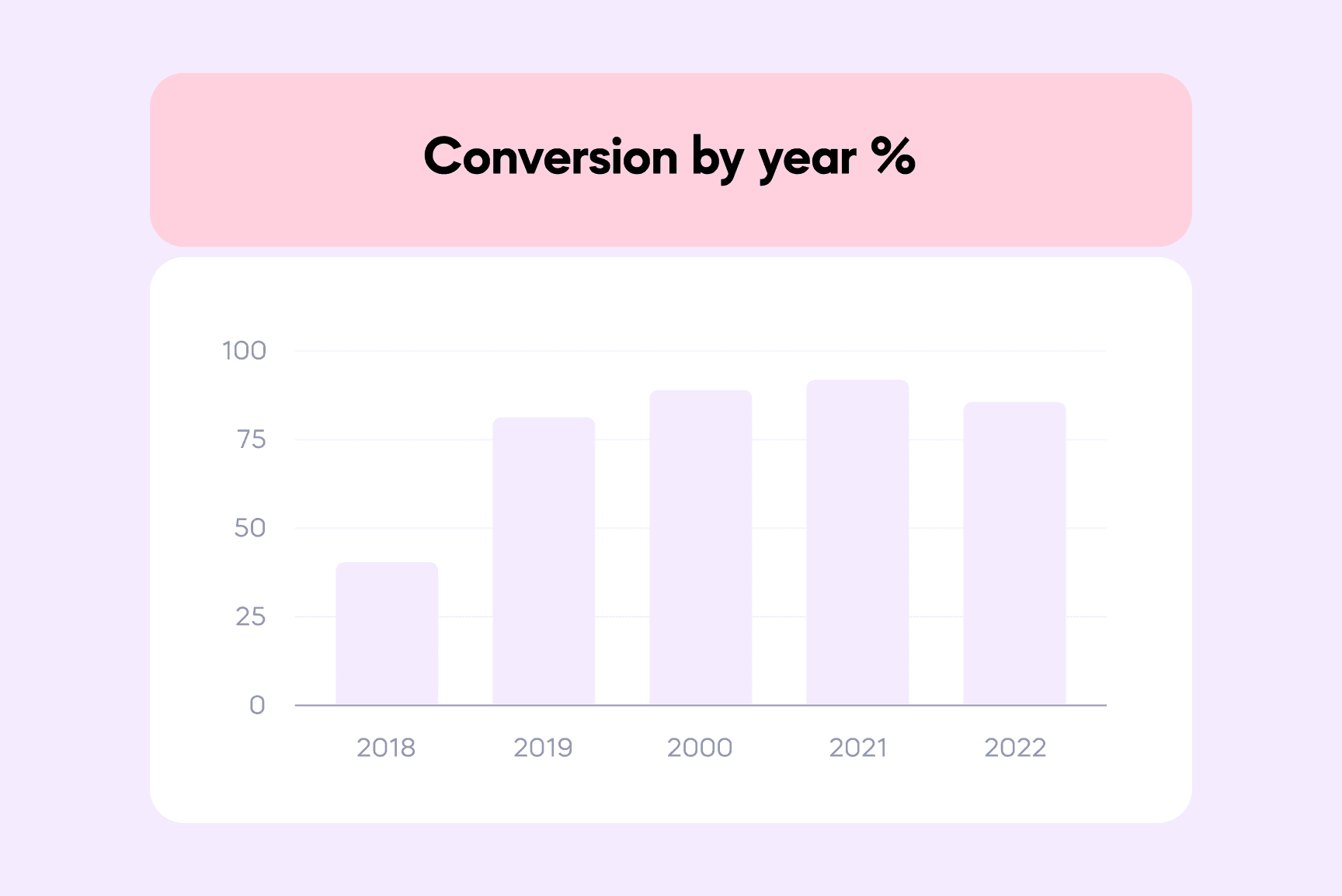
As a result, in 3 years, the owner of the company had to expand the call center to 12 people, since the previous number could no longer cope with the increased volume of tasks. The company tripled sales, expanded, opened new branches and continues to grow to this day, and operators, in fact, turned into managers, not just answering calls, but providing the company with a continuous flow of customers. Of course, all this did not happen by waving a magic wand and not because we pointed out trivial mistakes to the operators.
I'll tell you more about this.
Step 1. Listen and analyze
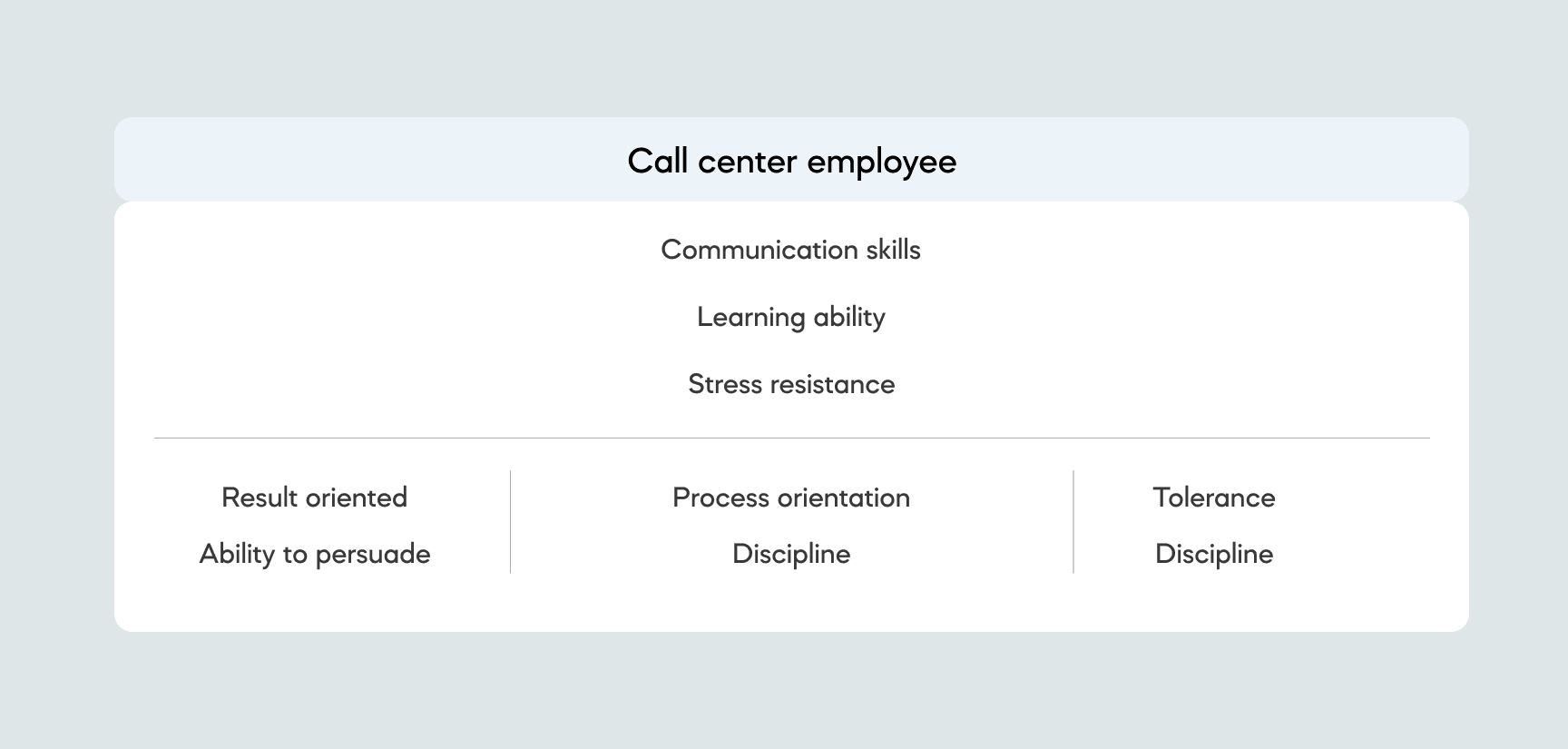
We explored a lot of information. We established a circle of target customers, defined how they could get to know about Day Trucking, found out the company’s strengths: speed, moderate cost of transportation, the ability to carry them out both in trucks and in litas, which should have become very popular among small companies. However, the number of orders did not increase. Having tried to solve the issue on their own, but without success, the manager decided to outsource the analysis of operators’ actions, their evaluation and quality improvement to an external contractor. He chose my company.
Having collected all the necessary information, we were closely engaged in the negotiations analysis, which allowed us to identify the main range of requirements for the operator.
It was necessary to fulfill the following criteria:
- Ask if the potential customer has working experience with this company. This determines the content of the further conversation.
- Find out the details of the application in order to be able to draw a conclusion whether the client is the target one, as well as to find out the delivery features and the degree of cargo readiness.
- Present the service correctly, not limiting yourself to short answers to questions, but also not wasting the client’s time with long discussions.
- Take initiative in a conversation, rather than waiting for it from your interlocutor. In general, we are convinced that a dialogue, in which the operator takes an active position, and does not, in fact, act as an answering machine, is one of the indispensable conditions for increasing conversion.
- Introduce catch words into use. As an example, instead of “Can I fill out an application?” use the incentive to action “Let’s fill out an application.”
- Take an active part in solving the issue; suggest small but useful details for the person, showing interest in it. For example, what packaging is better to choose in his case.
- Outline the next step, encouraging the client to continue cooperation. If you set a date and time for the next call, they will return to you much more likely than if you limit yourself to the abstract “Call.”
- Reasonably reject objections, explaining that the cost is not at all overpriced, but objectively reflects the cost of resources to provide the service. Moreover, it is advisable to choose arguments for a specific person: for example, there is no point in insisting that the cleaners of your cleaning company will arrive on call in half an hour if the client does not care about speed.
- Eliminate from speech everyday expressions like “the cargo will be hung”, this is nothing, but it greatly affects the company’s reputation.
- Keep a friendly tone, be polite and smile. The latter can be felt even when talking on the phone.
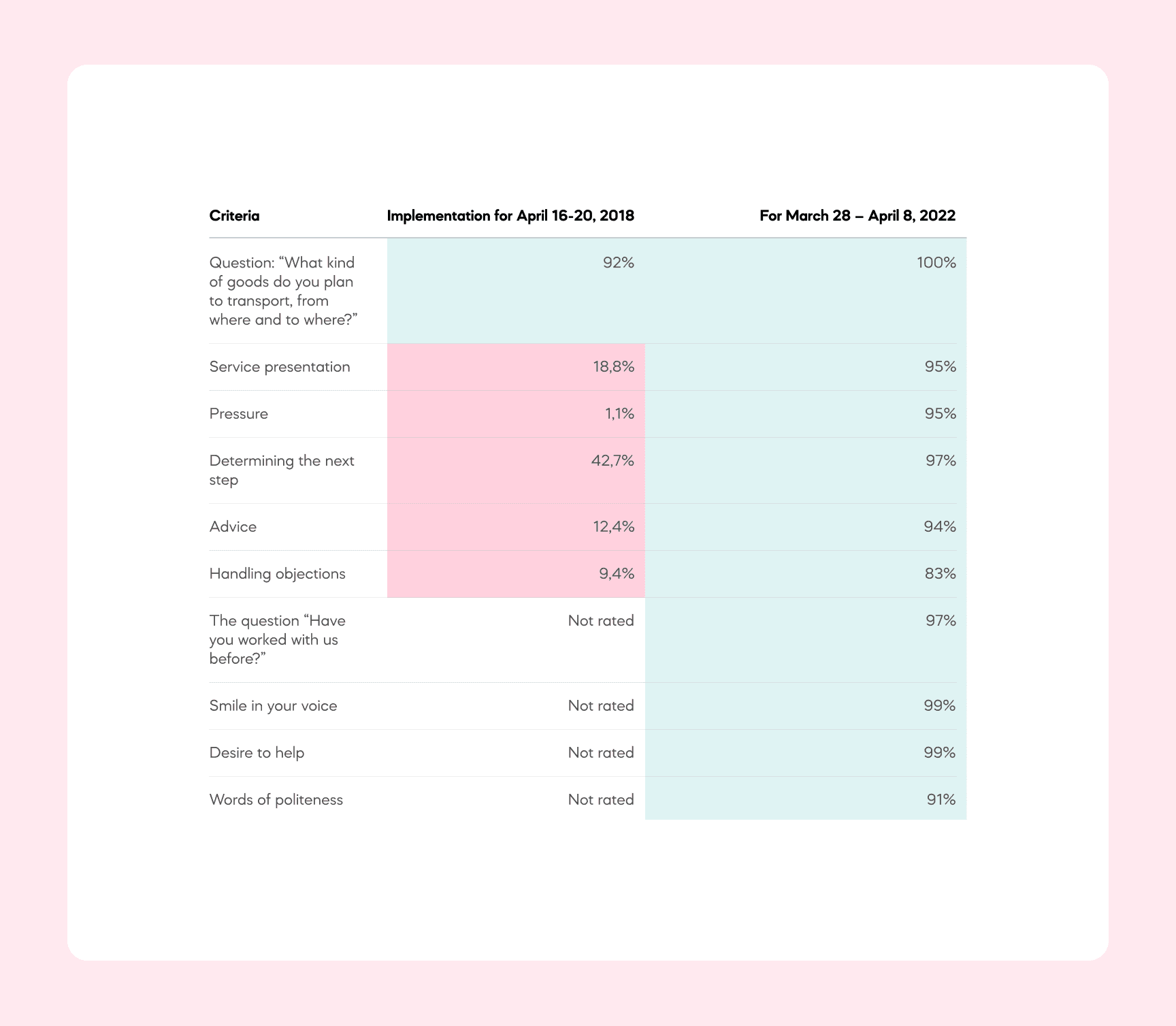
Step 2. Draw conclusions

We have made a whole system of negotiations using two dozen criteria. When assessing the conversation, each criterion received points. Based on their total number, conclusions were drawn about the quality of the call, and operator errors were noted. We structured all this data and included it in a detailed report, having created scripts that the company's operators were supposed to follow in the future. True, this was only the beginning; the main difficulties awaited us ahead.
Step 3. Prove that you are right to the customer
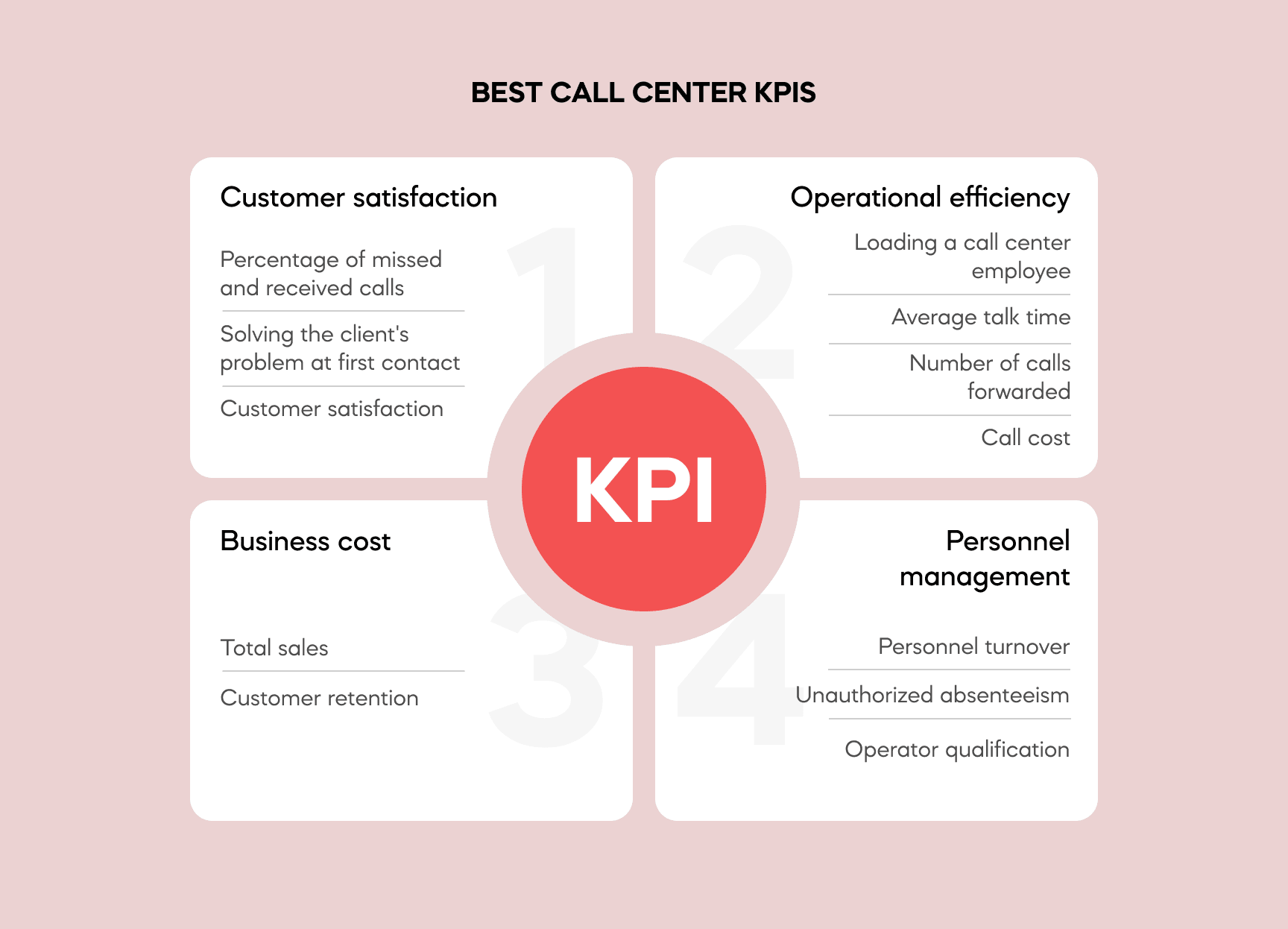
Then we had to convince the client that our conclusions were correct, since we were attracted as analysts, and were not given outsourcing call center jobs, and we had to justify to the manager the feasibility of using certain tools before using them. The owner of Day Trucking proved to us that there is no point in bothering clients with “unnecessary” questions, that we do not understand the specifics of his business, and that presenting a service to someone who has already called is a waste of time.
We presented reviews from other companies involved in the transportation of goods, with which we had already successfully collaborated, to prove our competence in the topic, and then spent many hours together listening to call recordings and clearly demonstrating where the operator did not “put the pressure on”, although he could, where he showed inertia instead of pushing a doubting client to make a decision where he missed the moment of the presentation. And we were heard.
Step 4. Overcome employee resistance
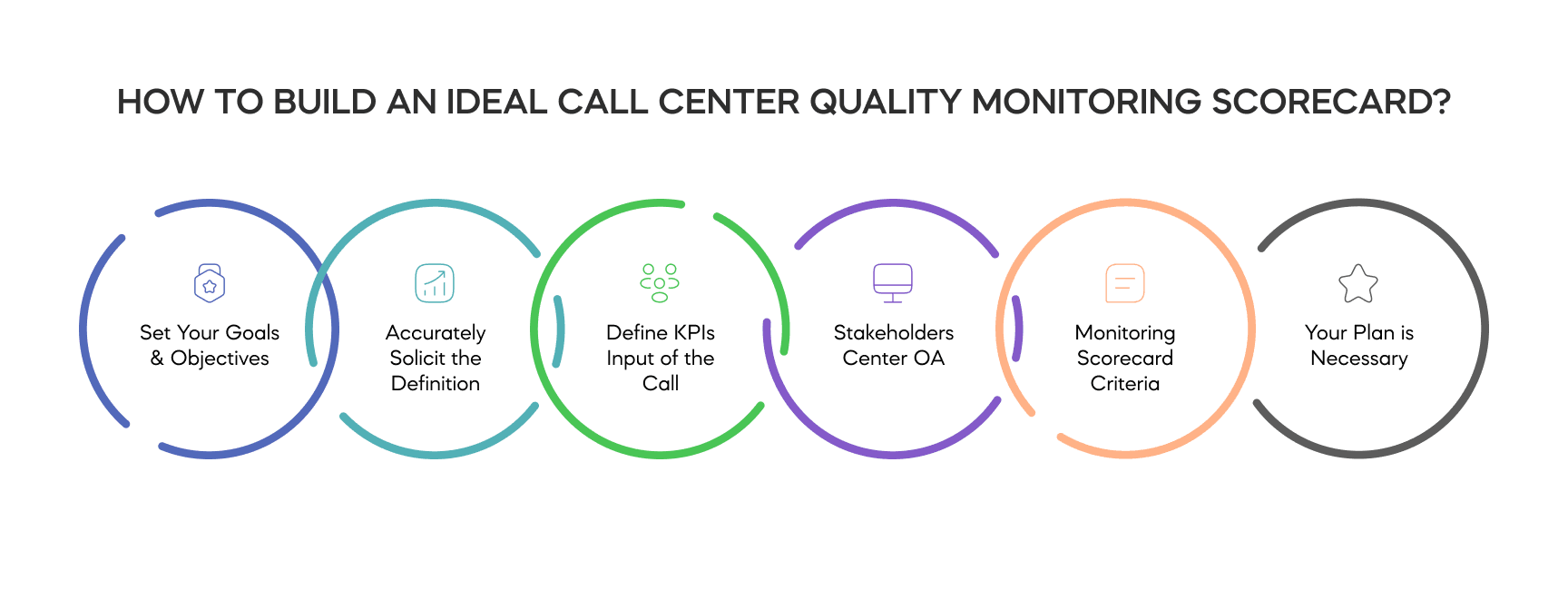
Here we were faced with a new difficulty – a confrontation between operators who were sure that they were dispatchers and not managers. They considered it their direct responsibility to provide information at the client’s request without additional effort in order to retain him and convince him to leave the order. This is a really ordinary situation: not many people easily accept changes, but in the case of Day Trucking it was getting worse by the open opposition to our innovations from the call center manager, who, instead of helping to overcome the resistance of operators, began to actively support the rebellion of her subordinates and sabotage our work to the point of submitting corrected data to our analysts. It was so difficult to cope with the situation that at one time we even thought of offering the client to order call centers bpo and start everything from scratch with new specialists. However, a way out was found.
Step 5. Find like-minded people

Since it was not possible to find a common language with the old manager of the call center – the woman supported the rebellion of her subordinates in every possible way and sabotaged our actions, we had to initiate her replacement with a person who was ready to apply the methods we proposed and demand the same from employees. Fortunately, the head of the company listened to our opinion, and the replacement took place.
At the same time, we continued explanatory work with operators, conveying the message that they are still a call center (for example, they should not engage in cold calling), but with new scripts.
Relying on the support of the new manager, we gradually introduced our own criteria, starting with the simplest ones (the question of whether there was experience of cooperation with the company). When one was sufficiently understood by the operators, we moved on to the next. It took time, effort and some sacrifices – three employees quit, deciding that they were not satisfied with our methods, but when the problem was solved, the conversion rate doubled.
Step 6: Facilitate operator onboarding and provide motivation
Next, we introduced a reward system, thanks to which those operators who used the scripts as correctly as possible and worked out the criteria received more than others. Conversion growth took off again, reaching 90% in a matter of weeks.
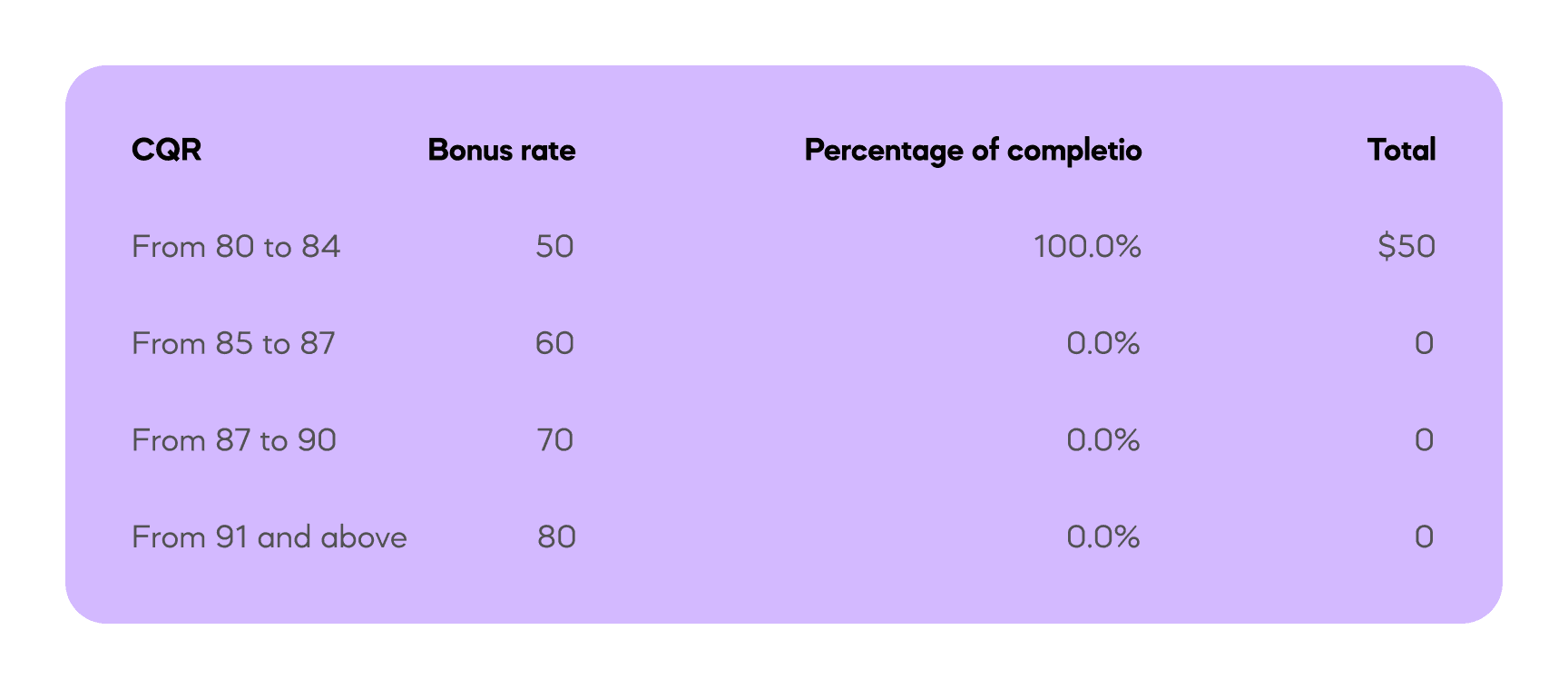
Step 7: Provide training for new employees

We have created a training system for new operators, which includes studying call criteria using other people's examples. It lasts about a month; gradually introducing newcomers to the call center work style, helping them understand the importance of scripts, introducing them to the reward system, etc.
So, over the period of three years, we turned the department of dispatchers, who monotonously read out ready-made answers, into skillful, active sales managers who know exactly how to behave with a client in order to attract him to our company and thus generate income for it. At the moment, the customer continues to improve its call assessment system, scripts and employee motivation, based on the analytical data that our bpo agency continues to collect for it. We are sure that 90% conversion growth is not the limit for his company.
Of course, you can yourself assess the communication between operators and clients, but it is better to entrust Bpo business process outsourcing to experienced professionals, who have established workflow and necessary technical equipment to perform such tasks. This period was very important for Againagain.agency. In addition to payment for our services, we received a strengthened reputation of the company as a serious partner who keeps its promises, proved the professionalism of our employees, added new techniques to our collection of methods for working with transportation companies, and polished the case of their implementation in practice. Of course, this is a very good page in our history.
